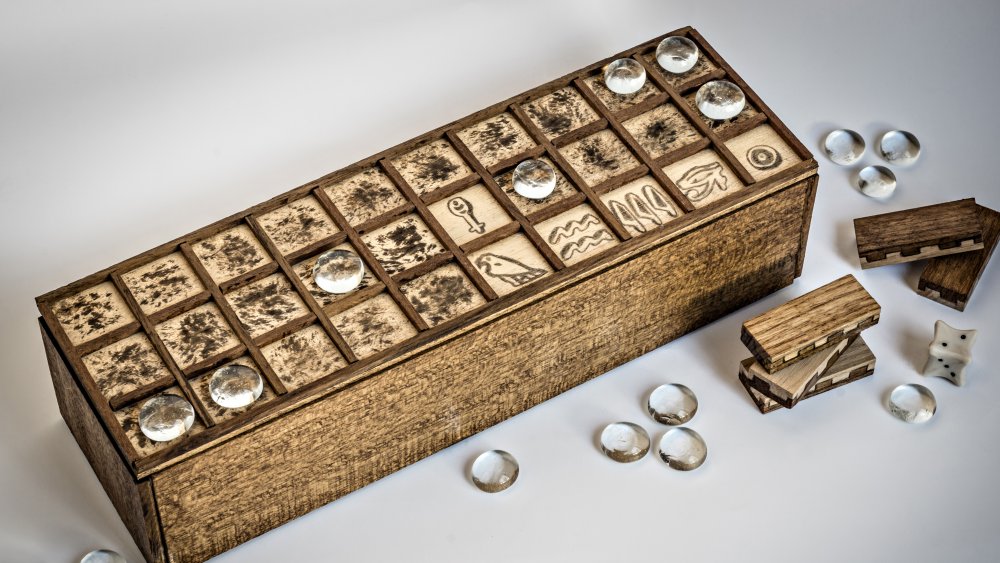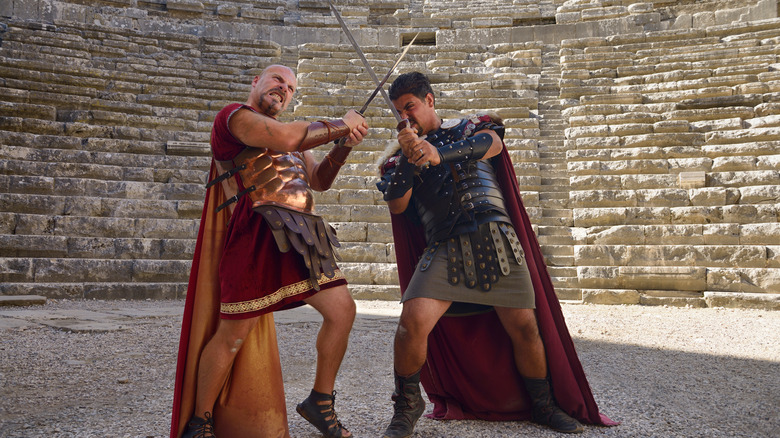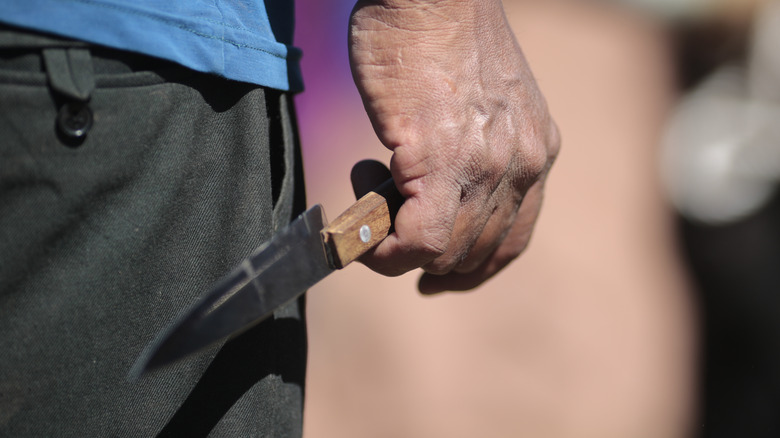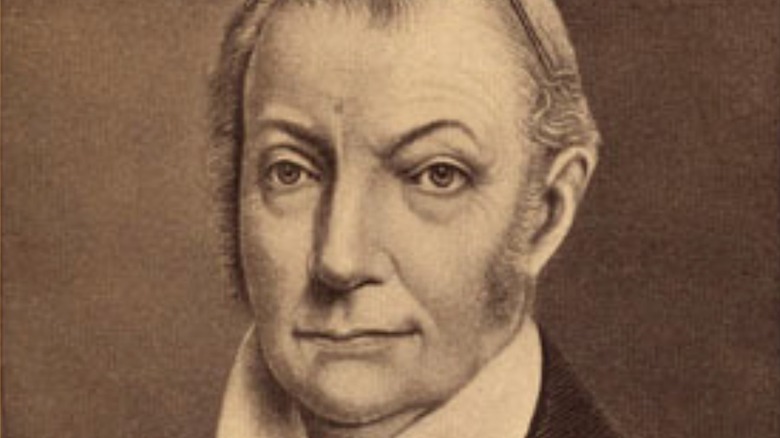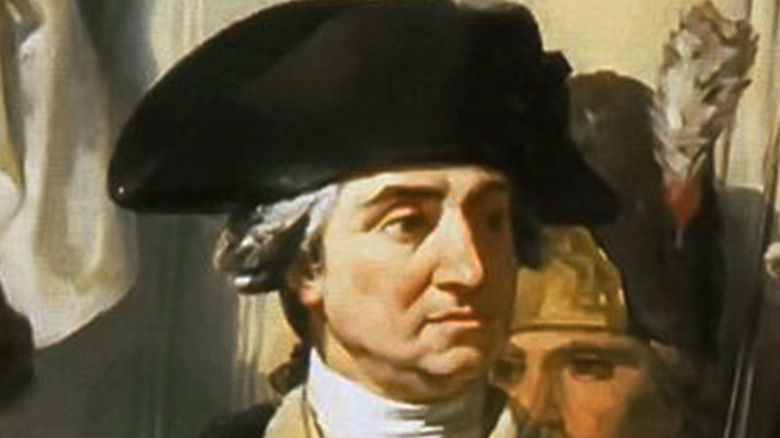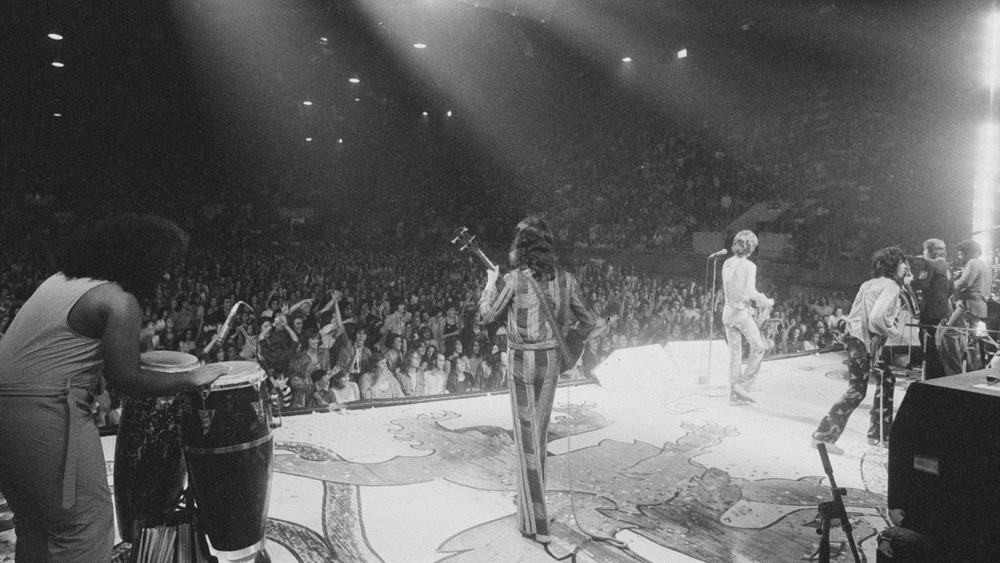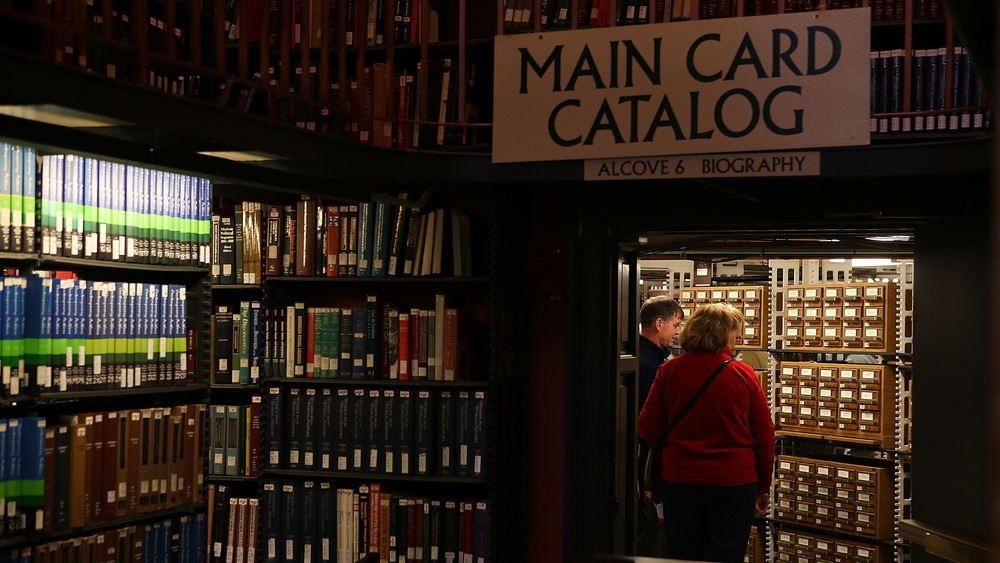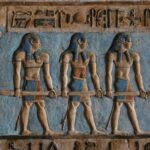
The Truth About The Ancient Egyptian ‘Board Game Of Death’
The ancient Egyptians were deadly serious about their board games. One such game, played on a board that looks similar to the one used in modern backgammon, was senet, a casual pastime that evolved in the north African kingdom over several millennia. Egyptologists who study senet believe that what started out as a simple battle of wits accrued deep religious significance over time, with a strong connection the Egyptian afterlife. In other words, a light-hearted game of Monopoly this was not.
Although senet wasn’t the first board game created, archaeological evidence suggests it was one of the ancient world’s most popular. It rose to prominence around 3000 BCE and remained en vogue for a full 2500 years. The rules were relatively simple. Two competitors placed five pawns each on a small board organized into a grid of 30 squares set in three-by-ten rows. Each player took turns tossing primitive dice likely carved from animal bones. Pawns moved according to the results of each roll, traveling to the right along the top row, to the left along the middle row, and back to the right again along the bottom. The goal of each player was to reach the final square in the bottom right corner of the board.
This Egyptian board game had high stakes
This simple game of chance began as a casual activity at the time of its invention, but Egyptologists suspect that around 2300 BCE, the game took on a religious significance with practitioners believing it offered them a conduit to the dead. Think of it like a competitive Ouija board.
Contemporaneous Egyptian codices reference the game as a reflection of the soul’s movement through Duat, the Egyptian plane of the dead. Archaeological evidence appears to confirm this acquired meaning, as boards from about 1300 BCE onward replaced the basic squares of the early senet boards with hieroglyphic birds associated with the Egyptian soul. This symbolism persisted until the game fell out of fashion about 2500 years ago.
The prevalence of religious symbols on younger boards coupled with the density of references to senet in spiritual writings all suggest this evolution was more than a simple aesthetic re-skin featuring images of the occult. For ancient Egyptians, a game of senet was likely an immediate way to experience the progression of the soul on its path to reaching the afterlife.

The History Of Snake Handling In Religion

The Strange Tale Of The Mine-Detecting Rat Who Won A Gold Medal

National Park Mysteries That Will Keep You Up At Night

The Untold History Of Ireland's Haunted Castles
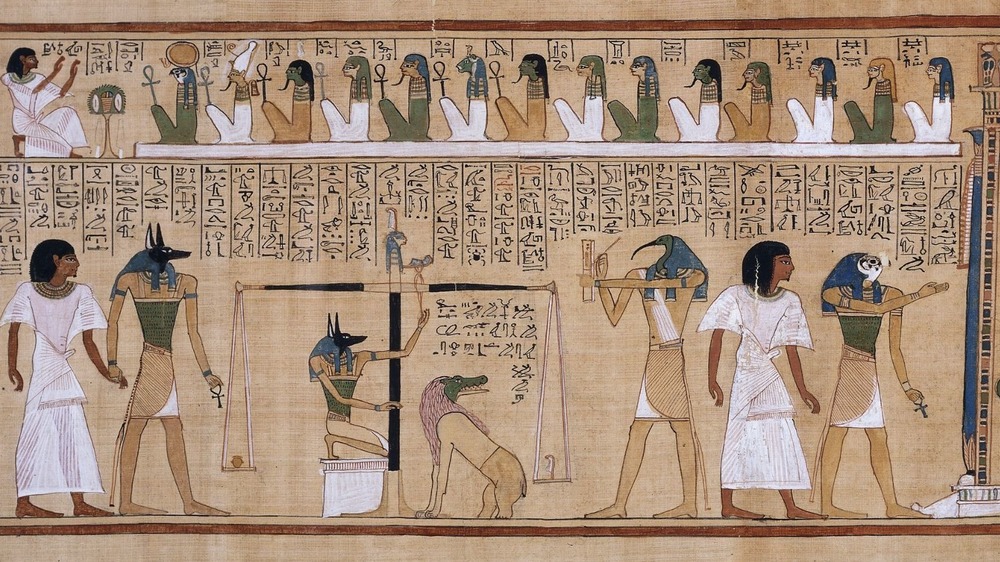
Creepy Things You'd Find In Ancient Egypt

The Truth About Antarctica's 'Blood Snow'

Mystery Of 'Weird Hum' Heard Around The World Solved

The Reason UPS Trucks Always Have Their Doors Open

News Stories That Seem More Like Movie Plots

Crazy Ways People Are Prepping For The End Times
